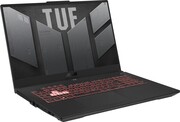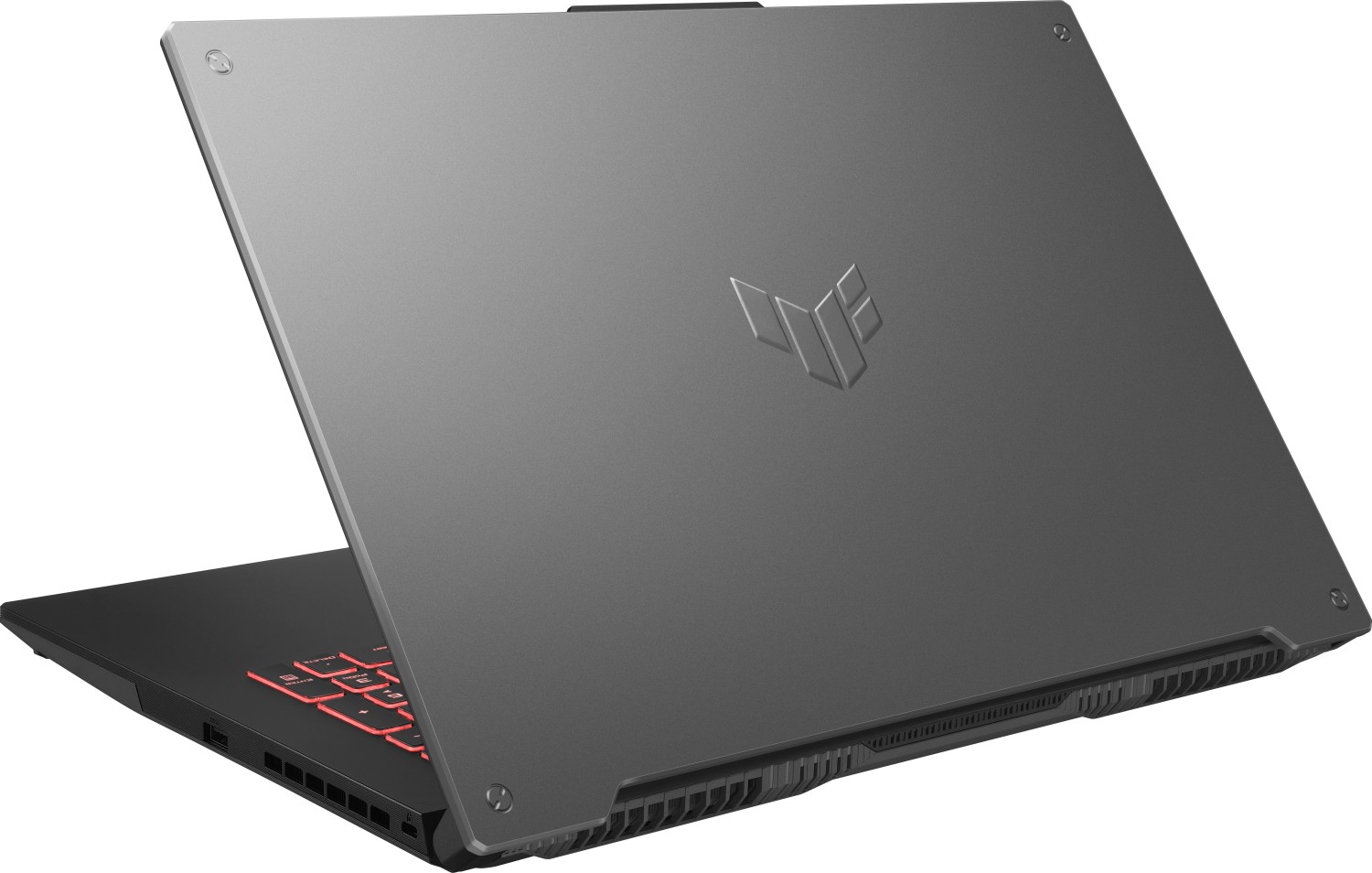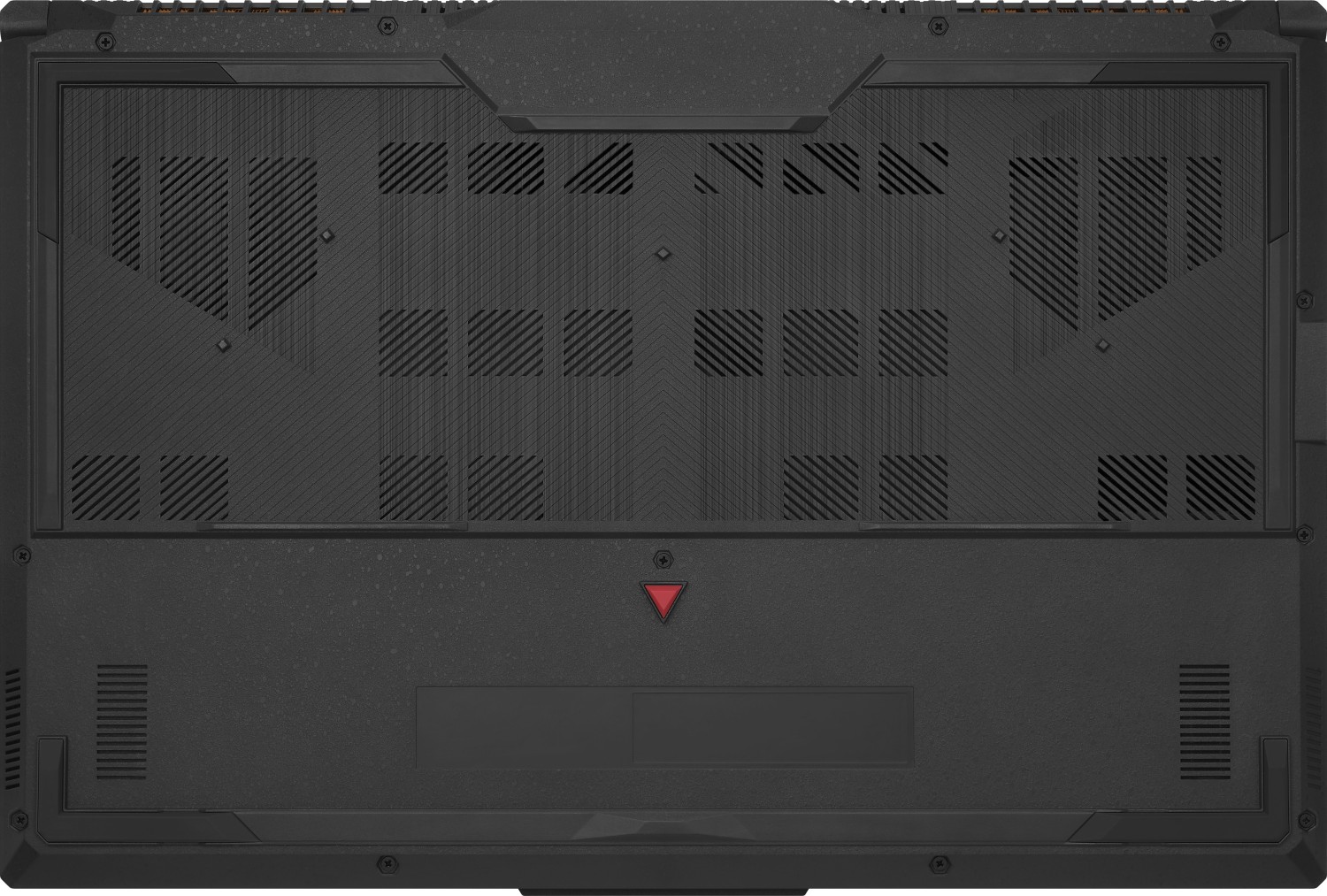Asus TUF Gaming A17 FA707RR
Especificaciones de Portátil(es)

Price comparison
Análisis para el Asus TUF Gaming A17 FA707RR
Origen: Laptop Media

Hands-On, disponible online, Muy corto, Fecha: 07/12/2023
Origen: Laptop Media

Support, disponible online, Muy corto, Fecha: 04/08/2022
Origen: Laptop Media
 EN→ES
EN→ESThere is one big question that needs an answer. Is the TUF Gaming A17 FA707 a better purchase than the ROG Strix G17 G713R (2022)? Well, it depends. Undoubtedly, the Strix is the more premium product. Arguably the biggest advantage it has over its TUF fellow is in regards to the display. ASUS TUF Gaming A17 A707’s IPS panel has a Full HD resolution, comfortable viewing angles, and a very good contrast ratio. However, it covers only half of the sRGB color space. On the bright side, the panel doesn’t use PWM for brightness adjustment and comes with a 144Hz refresh rate. This, of course, is a huge disadvantage to the 360Hz 1080p option in the ROG Strix. On the other hand, the TUF is the more affordable of the two, and has a big Ace up its sleeve – it has a Web camera. This feature is definitely not new for the TUF Gaming series, but it is a big factor in the decision-making process. Another super important aspect is the performance. We are glad to say that this device posts fantastic scores in both synthetic benchmarks and real-world gaming, and we are really grateful that this series has also received a TGP injection.
Único Análisis, disponible online, Muy largo, Fecha: 04/08/2022
Comentario
NVIDIA GeForce RTX 3070 Laptop GPU: Tarjeta gráfica de gama alta para portátiles basada en el chip Ampere GA104. Disponible en diferentes versiones con un TDP de 80 a 125 vatios.
Estas tarjetas de video de clase media pueden mostrar todos los juegos actuales fluentemente. Juegos exigentes sólo pueden ser jugados con configuraciones de detalles medios.
>> Más información puede ser encontrada en nuestra comparación de tarjetas gráficas moviles y la lista de benchmarks.
R7 6800H:
APU móvil octa-core que utiliza núcleos Zen 3+ a una frecuencia de 3,2 a 4,7 GHz y un adaptador gráfico RDNA2 con 12 CUs a una frecuencia de hasta 2.200 MHz.
>> Más información puede ser encontrada en nuestra comparación de procesadores móviles.






